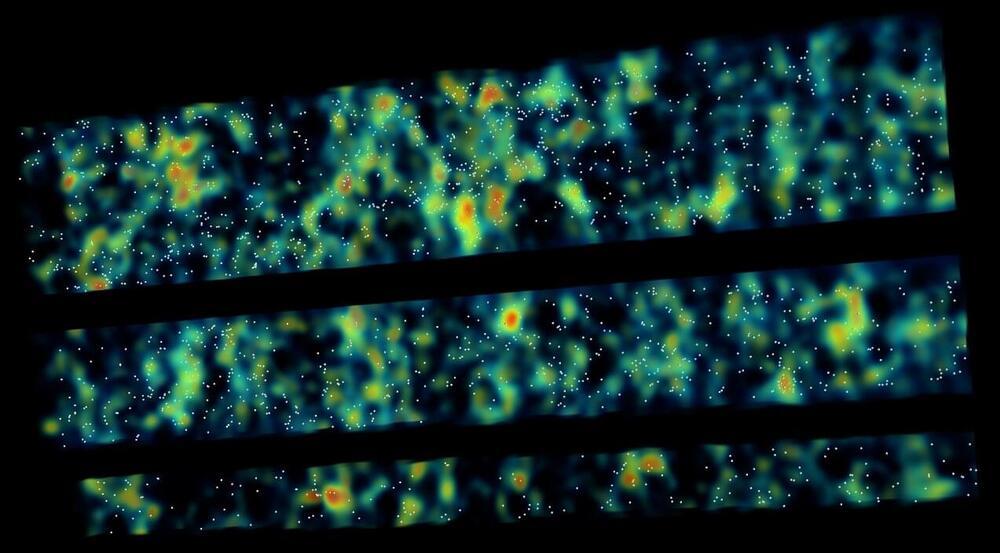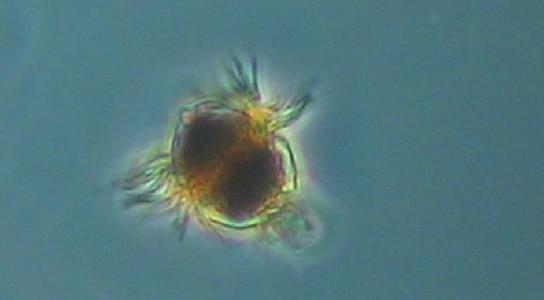Though the planets are outside of their star’s habitable zone, as they orbit too closely, “there might be more planets in the system,” according to Avi Shporer, one of the scientists involved in the new study. “There are many multiplanet systems hosting five or six planets, especially around small stars like this one. Hopefully, we will find more, and one might be in the habitable zone. That’s optimistic thinking.”
Either way, the multiplanet system will likely be a focal point for future studies, shedding new insight into planetary formation and the evolution of alien worlds, helping the astronomical community better understand how our own planet came into existence.






